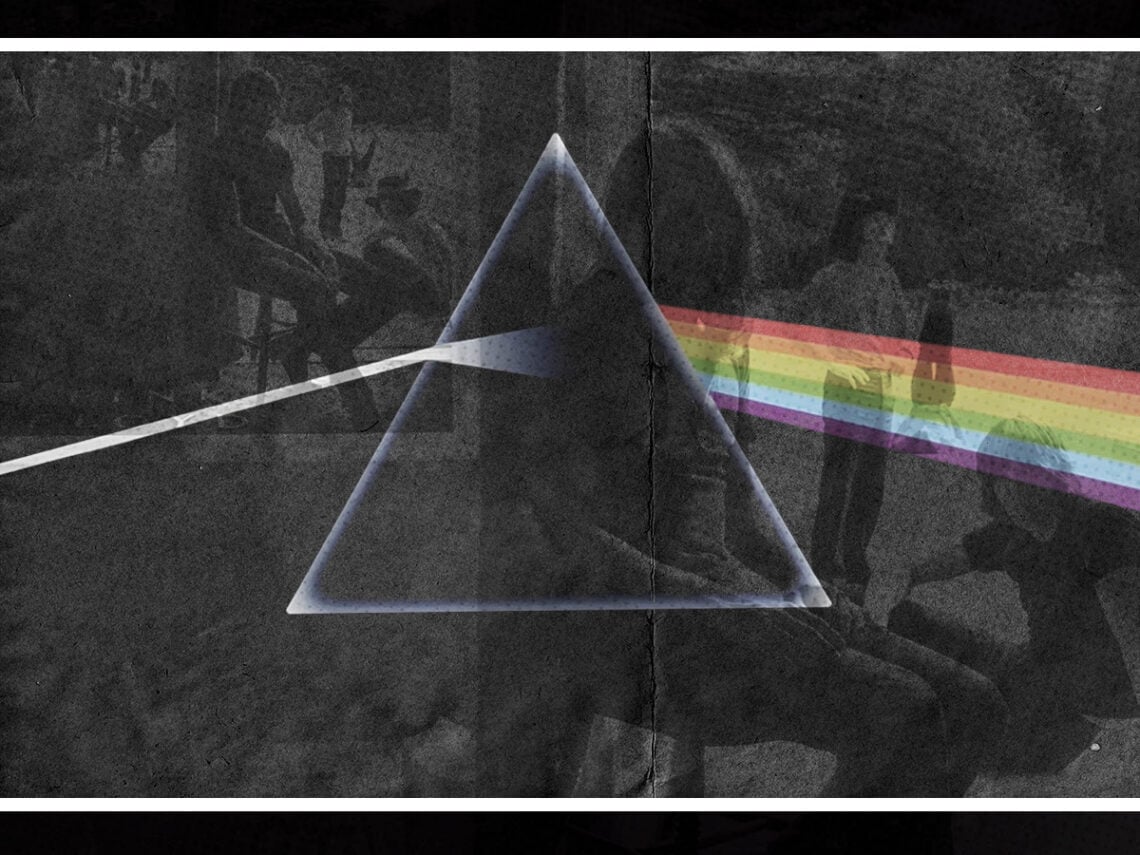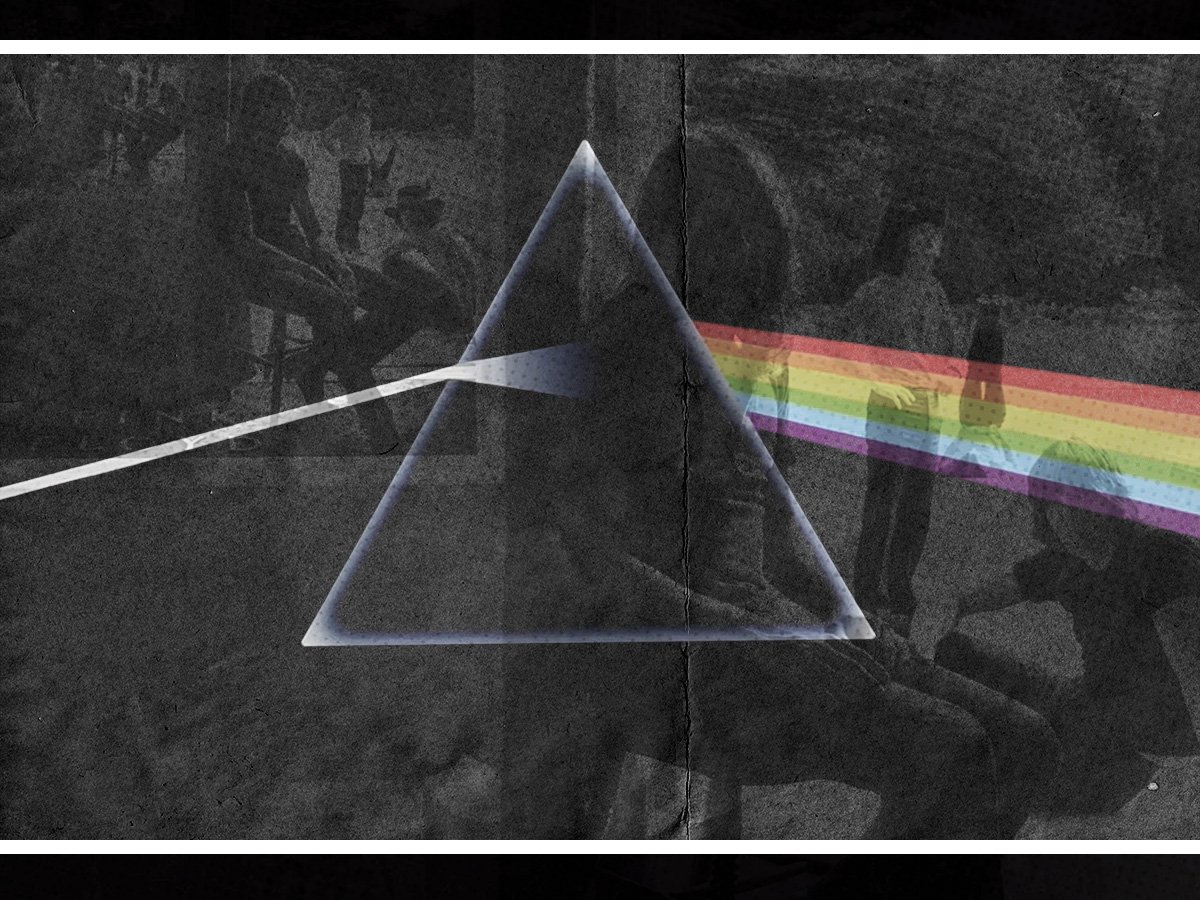
(Credits: Far Out / Album Cover / Apple Music)
Fri 10 October 2025 20:00, UK
If you were to ask anyone alive from roughly the 1950s onwards what their definition of a magnum opus record would be, The Dark Side of the Moon is bound to be one of the most common answers you could ever get.
It was an album which not only contains, in a nutshell, the kaleidoscopic world that Pink Floyd created throughout their entire reign, but it also transcended sounds and generations to become one of the most seismic and standout musical moments to ever exist, even among those who may not be so familiar with the band by name. The clearest testament to that is the fact that it spent an initial stint of 15 years in the charts – genuinely spanning whole eras – before eventually fading into a less present realm.
Of course, a decade and a half with any sort of position in the charts is hardly to be sniffed at. Some artists don’t even get that long across the entire length of their careers, let alone with just one album. But nevertheless, when Dark Side of the Moon finally dipped from view on October 8th, 1988, it was a signal that something once considered long-lasting in the impact on the world had drawn its last breaths, and no one knew what the implications would be over the course of the years to come.
For a long time up to that point, rock had mostly been defined by the principle of endless possibilities. This started with The Beatles and transcended across both the 1960s and 1970s, making the Pink Floyd uprising so perfectly slotted into the scores of history for all the psychedelic madness they would cultivate in their wake. Even though their trajectory extended far beyond the album itself, a lot of the masses saw Dark Side of the Moon as the true pinnacle of all that time in music meant. The fact that it didn’t leave the charts for so long showed people never wanted it to end.
By comparison, the 1980s narrowed that worldview down a whole lot, and by the end of the decade, the perception of rock music was rather finite. It was hard rock bands of the calibre of Guns N’ Roses and Bon Jovi who ruled the roost, shortly to be taken over by the likes of Nirvana as the grunge era of the early 1990s beckoned. Times were simply different – people wanted head-banging chart singles they could let their hair down to, not an introspective symphony where they sit down to consider all their life choices.
This is not to say that the trend of Dark Side of the Moon all of a sudden became deemed uncool out of the blue, but in the decade and a half since it first hit the airwaves, the rock music scene had shifted on its axis. The album was also in the weird liminal space at that point of no longer being considered particularly new, but not quite old enough yet to gain its status as a classic. In short, even though people still loved it, no one really knew what to do with it.
Of course, as the years and decades have crept onwards, people have taken Dark Side of the Moon back into their hearts, as a hit of nostalgia more than anything. That time in the late ‘70s was an untouchable period for rock music; one that can never be paralleled again. Some Pink Floyd fans now can’t even say they were there at the time, but the fact that the album started climbing the charts again a few years ago makes it clear that we all want to relive it.
Related Topics

